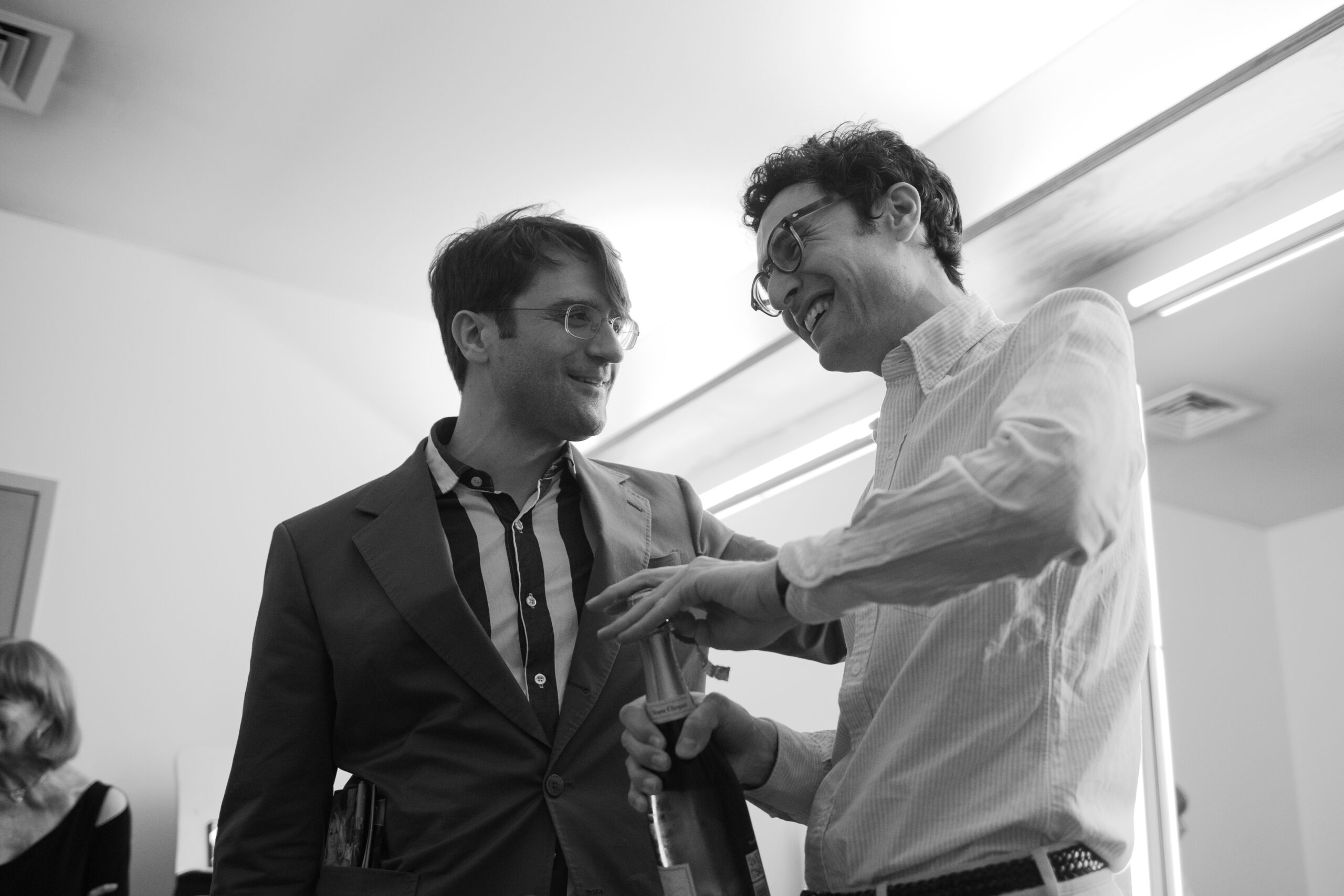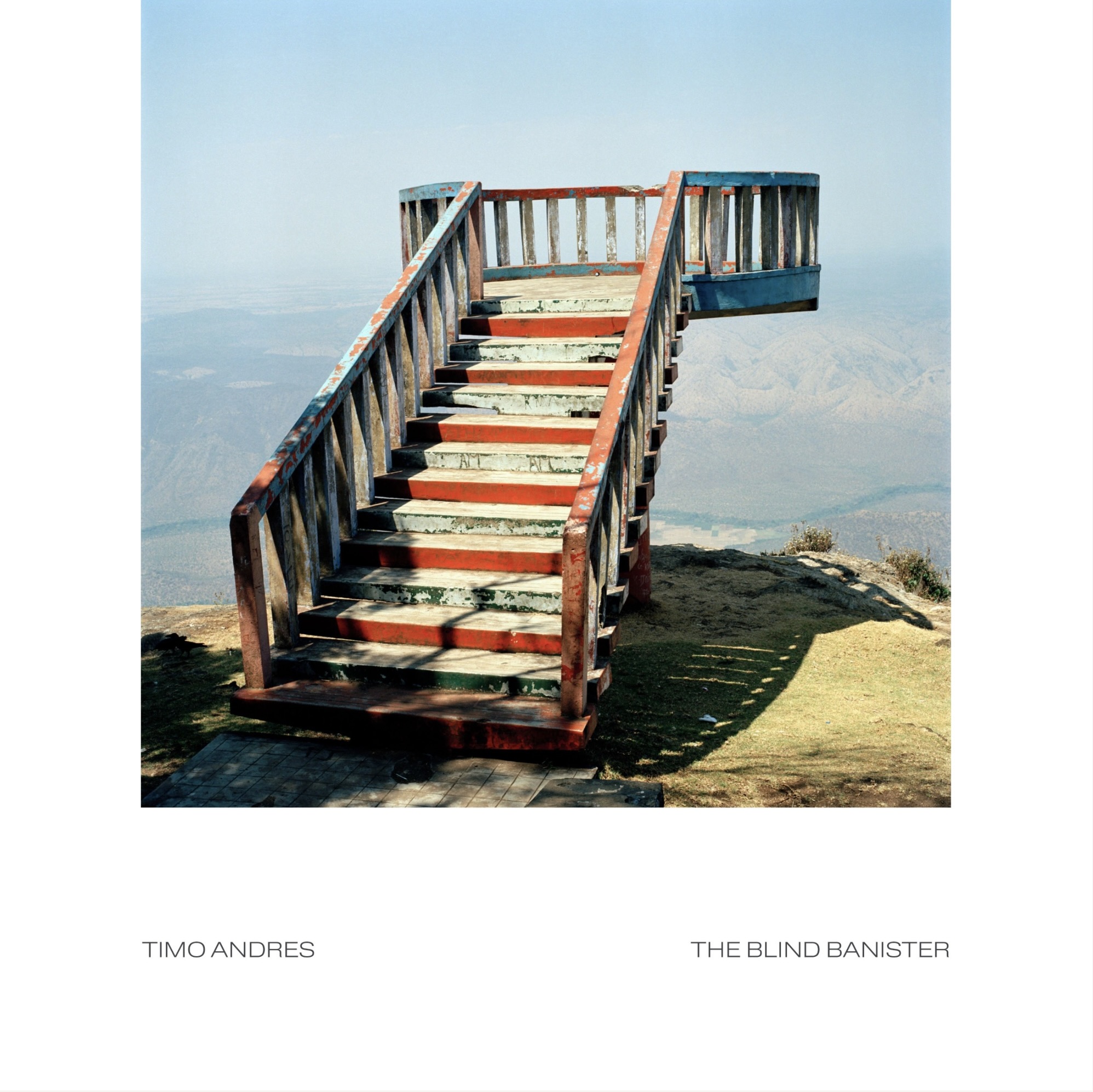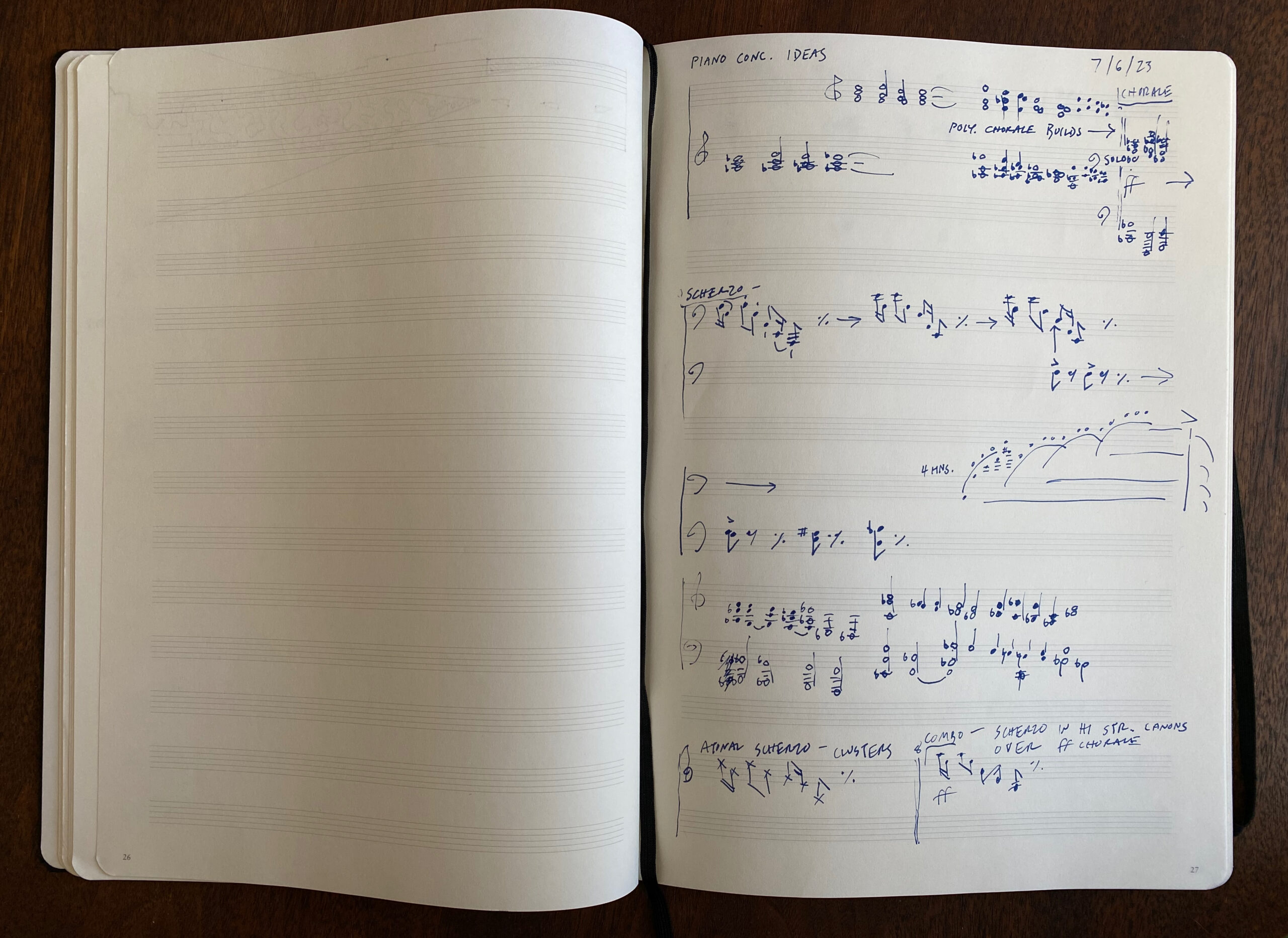Pianist and professor David Kaplan, longtime friend and collaborator, wrote the following liner note for The Blind Banister, out now on Nonesuch Records:
⁂
I first met Timo when we were still lanky college students, not as a composer, but as a prodigiously talented pianist. I remember him playing Charles Ives’s Concord Sonata on a pungent old practice room piano, storming into the piece’s clifflike sonorities and creating a tempest of sound that nevertheless conveyed something essential about the spirit and structure of this famously abstruse work. Discovering a common hobby of deliriously approximating symphonic repertoire on the piano, we quickly began finding ways to collaborate. We premiered his two-piano suite Shy and Mighty together, and he wrote Home Stretch, his first piano concerto, for my graduation recital. After nearly two decades of collaboration and friendship, this new recording of The Blind Banister (2015), Upstate Obscura (2018), and Colorful History (2021) prompts me to reflect on how much Timo’s music has developed over time, as well as what elements of his artistic voice, as pianist and composer both, were baked in from the start.
All three works here demonstrate the extent to which Timo’s music examines the compositional process. The simple ideas that undergird his pieces often comprise some unassuming and well-worn trinket found in the thrift store of tonal harmony—a perfect fifth, a trill, or a scale. Over the course of the piece, the object generates its own meaning and interest and creates a framework supporting the things we actually want to hear: gesture, melody, pulse, humor, tenderness, drama, and eloquence.
This animation of ideas reminds me of the book, Bach and the Patterns of Invention, in which Lawrence Dreyfus argues that Bach understood “invention” as the “idea behind a piece, a musical subject whose discovery precedes full-scale composition.” Borrowed from the rhetorical concept of inventio, which for Cicero and other classical thinkers meant the inspiration that sparked an oration, invention conflates the musical content with its compositional process: “A successful invention must be more than a static, well-crafted object, but instead like a mechanism… from which a whole piece of music is shaped.”
This understanding of invention describes Timo’s creative process equally well, and differentiates it from the music of composers who integrate process and content in other ways. Brahms’s developing variations and Beethoven’s organic development are two canonic examples; in the last century, Philip Glass’s early experiments with repetition and incremental change, Steve Reich’s phasing, Schönberg’s serialism, and Cage’s aleatoricism come to mind.
The Blind Banister demonstrates this integrated approach; on some fundamental level it is an entire concerto about the compositional process of revision. Disregarding an adolescent but precocious piano concerto, perhaps remembered only by a handful of millennial alumni of the Juilliard Pre-College Orchestra, Banister is Timo’s third published piece for solo piano and orchestra, following Home Stretch (2008) and Old Keys (2011). It was written for Jonathan Biss in 2015 as one of a number of response pieces to Beethoven’s own quasi-juvenilia, the Piano Concerto in B‑flat, Op. 15. Unlike Timo’s ‘re-composed’ Mozart Coronation Concerto from 2010, it is not “a pastiche or an exercise in palimpsest” (to quote the composer’s note); it instead fixates on a palimpsest from Beethoven himself—the revised cadenza he appended to the concerto two decades after its earliest performances in Bonn.
From this cadenza, Timo distills two motives: the Mannheim rocket arpeggio that launches it, and the sequence of descending scales that follow. Together, these cause Banister to ruminate on an unresolved dichotomy of rising and falling gestures. Timo explains that he started writing his own cadenza to Beethoven’s concerto, and ended up “devouring [the piece] from the inside out.” I think of whiting out a densely shaded drawing with the pencil’s eraser to create a new image in relief.


